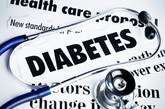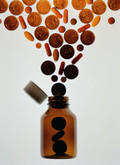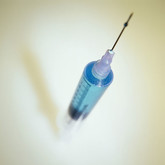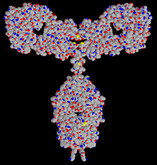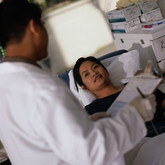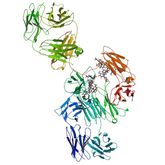Biosimilars
Viatris/Biocon launch two versions of Semglee to accommodate rebates
Viatris (formerly Mylan) and Biocon have launched two versions of their interchangeable biosimilar Semglee (insulin glargine) on the US market, at different price points, in order to accommodate rebates and increase market share.
Biosimilar uptake and the education of healthcare provider
Affordability and access. Two simple words that nevertheless convey the complex burdens facing many healthcare systems around the world. And within the healthcare realm, there is likely no aspect that embodies issues related to affordability and access more than prescription medicines.
China approves three bevacizumab copy biologicals
China’s National Medical Products Administration (NMPA), formerly the China Food and Drug Administration (CFDA) has approved three bevacizumab.
Biosimilar reimbursement rules cost Medicare over US$1.5 billion
Current Medicare Part B biosimilar reimbursement rules prevented healthcare savings of over US$1.5 billion between 2015 and 2019, revealed a study published in JAMA Network Open [1].
Interchangeable insulin glargine biosimilars available through Prime Therapeutics and Walgreens
In November 2021, it was announced that, in the US, insulin glargine biosimilars co-developed by Viatris and Biocon Biologics will be preferentially offered through Prime Therapeutics pharmacy benefit management organization and will be available to members of Walgreens Prescription Savings Club.
Adalimumab biosimilar launched in Japan
Japan-based Mochida Pharmaceutical (Mochida) announced on 25 November 2021 that its adalimumab biosimilar had been launched in Japan following the listing of the drug on the National Health Insurance (NHI).
Evidence on automatic substitution of biologicals is limited
A systematic review of the evidence on automatic substitution of biological medicines [1] finds that current research evidence is mainly based on opinion polls and surveys of low-to-moderate quality, with results that are not generalizable or suitable for guiding policy.
Patients from Uruguay request that non-interchangeability of biotherapeutics be regulated
Patients demand guarantees that authorities will not make switches of biotherapeutic drugs solely for economic reasons and without considering the medical decision. This was expressed by the Uruguay Patients Alliance at the First National Biotechnology Forum. The main objective of this forum was to create a meeting place for the academic world, patients and health authorities in the field of biotechnology and innovation.
Definition of biological terms in Latin America
To conduct a comparative study of the health registration regulations for biological and biotechnological drugs in Latin America, Ramírez-Telles et al. made an approximation, as clear as possible, of biological terms: regulatory authority of reference, biotechnological drug, reference biological drug and innovative product. Its objective was to detect the differences and what these variations entailed when comparing the following Latin American countries: Brazil, Chile, Costa Rica, Cuba, Dominican Republic, El Salvador, Guatemala, Honduras and Panama [1].
Celltrion seeks approval for bevacizumab biosimilar in Europe, US and Korea
South Korean biotechnology company Celltrion announced in October 2021 that it had applied for marketing approval for its candidate bevacizumab biosimilar (CT P16) in Europe, Korea and the US.
